DLR Group is a global design firm that offers integrated services in architecture, engineering, interiors, planning, and more. The firm was founded in 1966 in Omaha, Nebraska, and has grown to have 30 offices worldwide. DLR Group is 100% employee-owned and committed to elevating the human experience through design. DLR Group has a rich history of delivering innovative and sustainable solutions for various sectors, such as civic, cultural, healthcare, education, hospitality, justice, sports, and workplace. The firm has worked on projects ranging from the Smithsonian National Museum of African American History and Culture in Washington, D.C., to the world’s largest indoor theme park, IMG Worlds of Adventure, in Dubai. DLR Group has also received numerous awards and recognition for its design excellence and social responsibility. DLR Group’s mission is to create spaces that inspire, empower, and transform lives. The firm believes that design can make a positive difference in the world and strives to collaborate with clients, partners, and communities to achieve their goals. DLR Group is guided by its core values of commitment, creativity, environmental stewardship, fun, integrity, ownership, sharing, and teamwork.
What is DLR Group Architecture?
DLR Group Architecture is a well-known architectural firm known for its innovative and functional designs. The firm has a strong track record in creating well-crafted and efficient structures across various sectors, including commercial, educational, healthcare, and civic projects. DLR Group emphasizes collaboration and client-focused design solutions to meet the unique needs of each project. DLR Group strives to create spaces prioritizing functionality, sustainability, and user experience with a team of skilled architects and designers. The firm’s portfolio showcases various projects, from large-scale corporate headquarters to community-oriented facilities. DLR Group Architecture’s designs aim to optimize space utilization, integrate natural light, and incorporate sustainable elements to minimize environmental impact. With offices in multiple locations, DLR Group has successfully delivered projects nationally and internationally. Their team of architects, designers, and engineers work closely together to ensure seamless coordination and execution of projects.
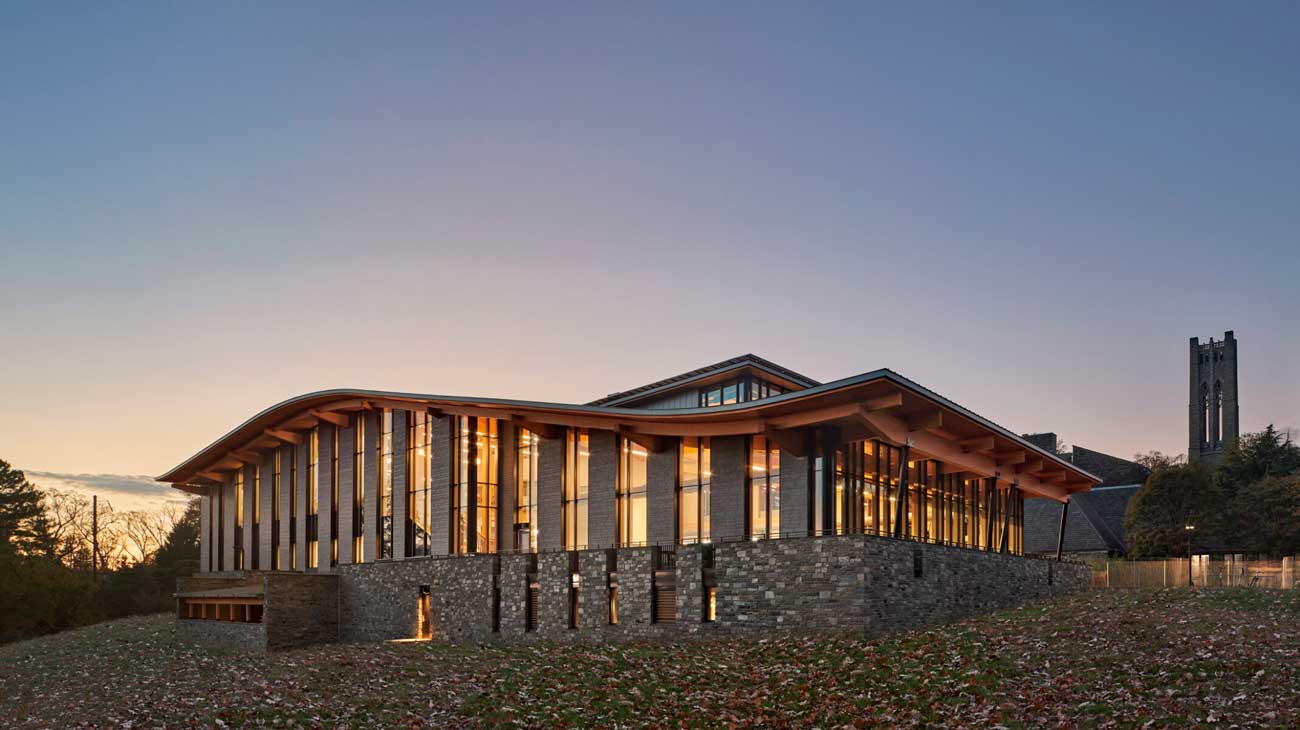
What is the history of DLR Group Architecture?
DLR Group Architecture has a rich history that dates back to its founding in 1966. The firm was established in Omaha, Nebraska, USA, by Irving Dana, Bill Larson, and engineer Jim Roubal, hence the name “DLR.” Initially, the firm focused on providing architectural services to local clients, gradually expanding its reach and expertise. In the 1970s, DLR Group expanded its operations to other cities in the United States, including Chicago and Denver, which allowed the firm to work on larger and more complex projects, gaining recognition for its innovative designs and collaborative approach. DLR Group continued to grow and established additional offices across the country.
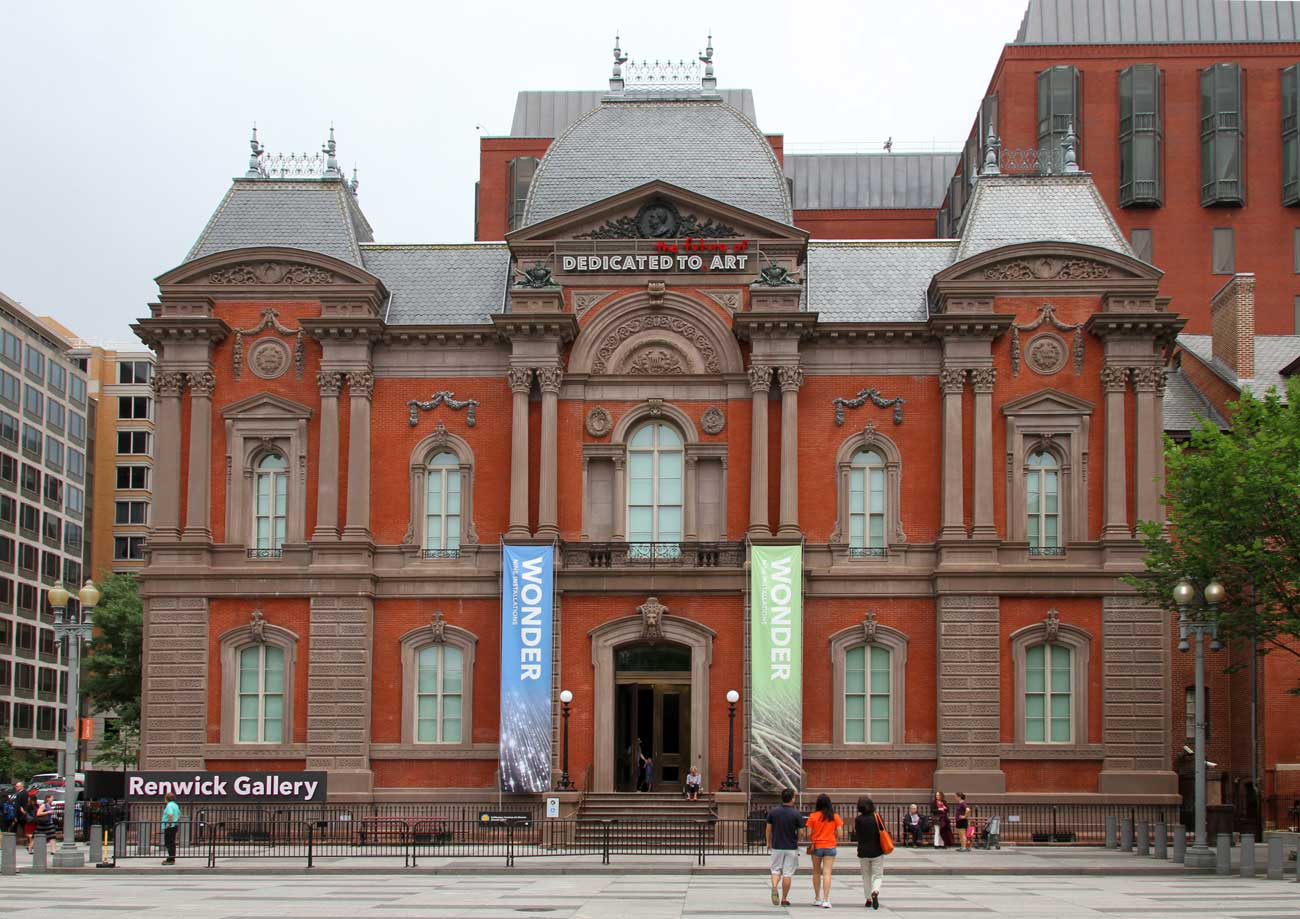
During the 1980s and 1990s, DLR Group expanded its services to interior design, engineering, and planning, which enabled the firm to offer comprehensive solutions to its clients, resulting in integrated and cohesive projects. The firm’s commitment to sustainability also became a prominent focus during this period, aligning with the growing global awareness of environmental issues. In the early 2000s, DLR Group expanded by opening offices in international locations, including the United Kingdom and China, which allowed the firm to work on projects in diverse cultural contexts and broaden its global presence. DLR Group’s reputation for delivering high-quality designs and its emphasis on sustainable practices contributed to its success and recognition within the industry.
Today, DLR Group Architecture remains a prominent architectural firm with a strong presence in the United States and abroad. With a legacy of over five decades, the firm continues to innovate, collaborate, and create spaces that meet the evolving needs of its clients while prioritizing sustainability and functionality.
Where is DLR Group Architecture located?
DLR Group Architecture has multiple locations across the globe, allowing them to serve clients in various regions. The firm has offices in the United States, the United Kingdom, and China. Firstly, DLR Group has numerous nationwide offices in the United States. Some of their locations include Omaha, Nebraska; Chicago, Illinois; Denver, Colorado; Los Angeles, California; and Seattle, Washington. Secondly, DLR Group Architecture also has a presence in the United Kingdom, with an office in London. The location allows the firm to engage with clients and undertake projects in the British market. The London office is a hub for European operations, enabling them to collaborate with local clients and partners. Lastly, DLR Group has established an office in Shanghai, China. The location allows the firm to tap into the dynamic and rapidly growing Chinese market. Having a presence in Shanghai enables DLR Group to contribute to the architectural landscape in China and collaborate on projects in the Asia-Pacific region.
What does DLR Group Architecture focus on building?
DLR Group Architecture focuses on building various structures across different sectors. Their portfolio includes commercial buildings, educational facilities, healthcare centers, and civic structures. They have expertise in designing and planning spaces that are functional, sustainable, and responsive to the needs of their clients and users. Firstly, DLR Group creates spaces catering to businesses’ and organizations’ requirements in commercial buildings. The firm prioritizes designing efficient and flexible layouts that promote productivity and collaboration. It focuses on creating work environments that enhance employee well-being and support the specific needs of different industries. Secondly, regarding educational facilities, DLR Group designs spaces that facilitate effective teaching and learning. The firm considers classroom layouts, natural lighting, acoustics, and technology integration to create engaging and conducive learning environments. Their goal is to design schools and educational spaces that inspire creativity, foster intellectual growth, and promote community engagement. Thirdly, DLR Group Architecture emphasizes creating spaces prioritizing patient care and well-being in healthcare centers. The firm considers factors such as patient flow, infection control, and accessibility to design healthcare environments that are functional, safe, and comforting. Their designs aim to provide efficient and supportive spaces for medical professionals while ensuring a positive patient and family experience. Lastly, DLR Group also focuses on civic structures like government buildings and community centers. The firm aims to design spaces that foster civic engagement, inclusivity, and sustainability. Their designs prioritize functionality, accessibility, and efficient use of resources to serve the diverse needs of communities.
Who is the owner of DLR Group Architecture?
DLR Group Architecture has no single owner operating as a partnership. The firm follows a collaborative and inclusive ownership structure, where ownership is distributed among the partners actively involved in the company. The approach allows for shared responsibility and decision-making within the organization. DLR Group values the contributions and expertise of its partners, who collectively shape the direction and success of the firm. The partners play a crucial role in driving the growth, vision, and strategic decisions of DLR Group.
Who is the CEO of DLR Group?
The CEO of DLR Group is Steven McKay, AIA, RIBA. The DLR Group Board of Directors selected him on September 6, 2022, and became the chief executive officer on October 1, 2022. Steven McKay joined DLR Group in 1996 and worked in the Seattle office. He has over 25 years of experience designing and managing projects for various sectors, including education, hospitality, sports, and the workplace. He is also a registered architect in the United States and the United Kingdom.
What is the mission of DLR Group Architecture?
DLR Group Architecture’s mission is to create meaningful and sustainable spaces that positively impact people, communities, and the environment. The firm strives to design buildings beyond aesthetics and prioritize functionality, innovation, and social responsibility. DLR Group believes that buildings have the power to shape experiences and improve lives. Their mission is driven by a deep understanding of architecture’s impact on individuals and communities. It aims to create spaces that inspire, foster well-being, and promote human connection. Sustainability is a core value for DLR Group. The firm recognizes the importance of designing buildings that minimize environmental impact and conserve resources. Their mission reflects their commitment to integrating sustainable practices into every aspect of their work, from initial design concepts to selecting materials and construction techniques.
What are the most famous projects of DLR Group?
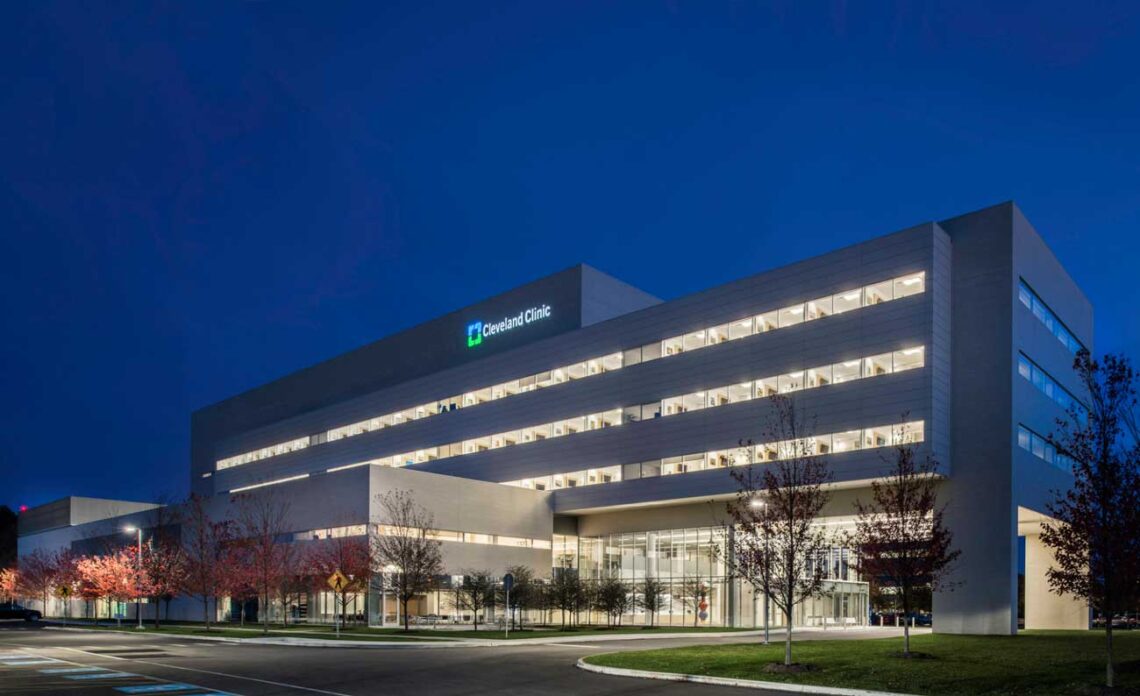
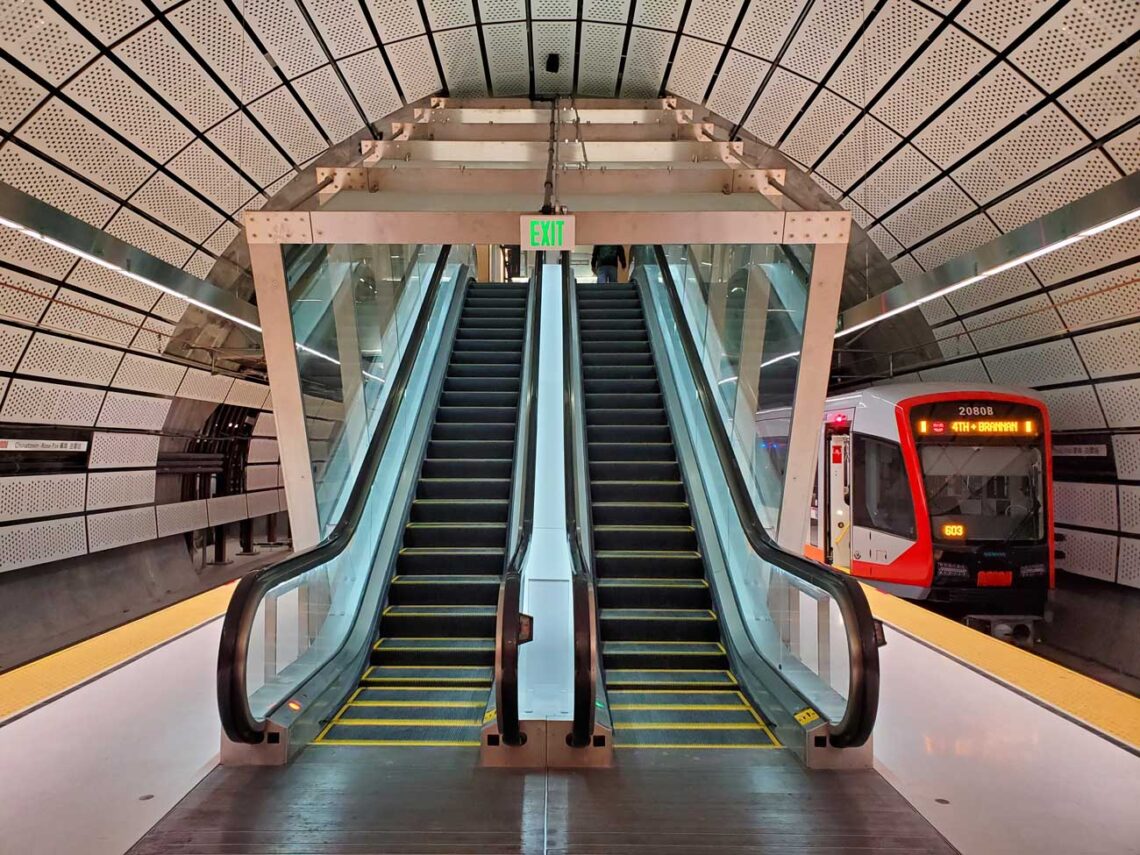
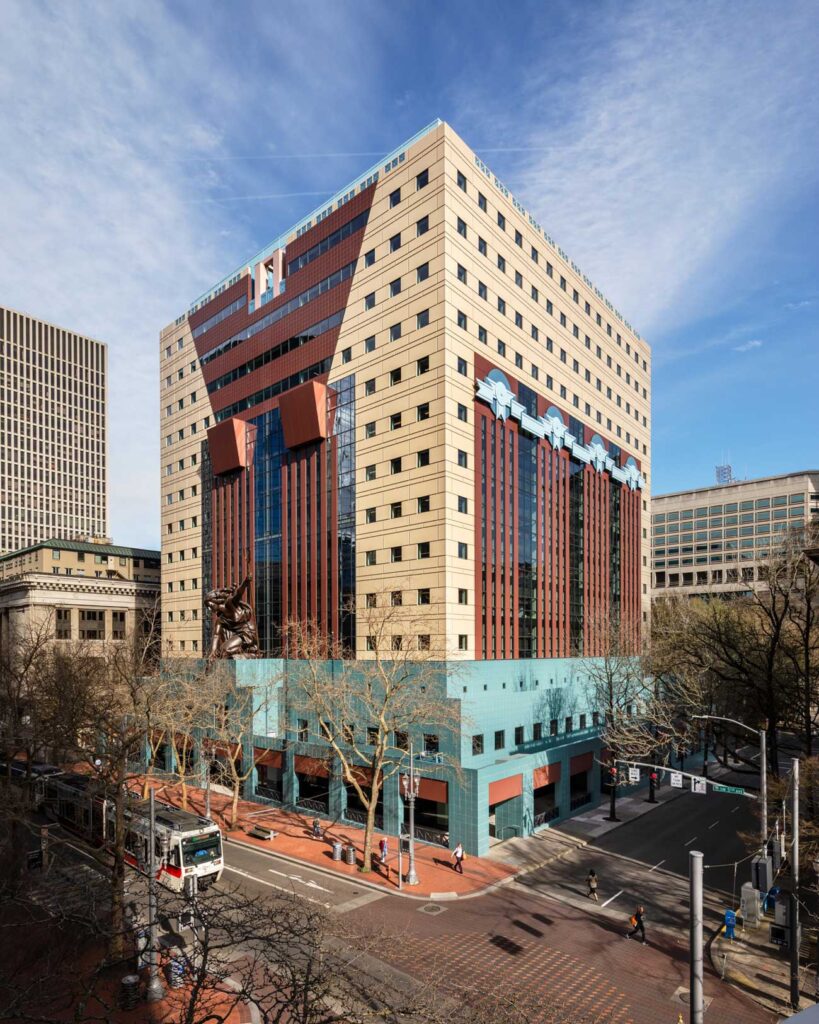
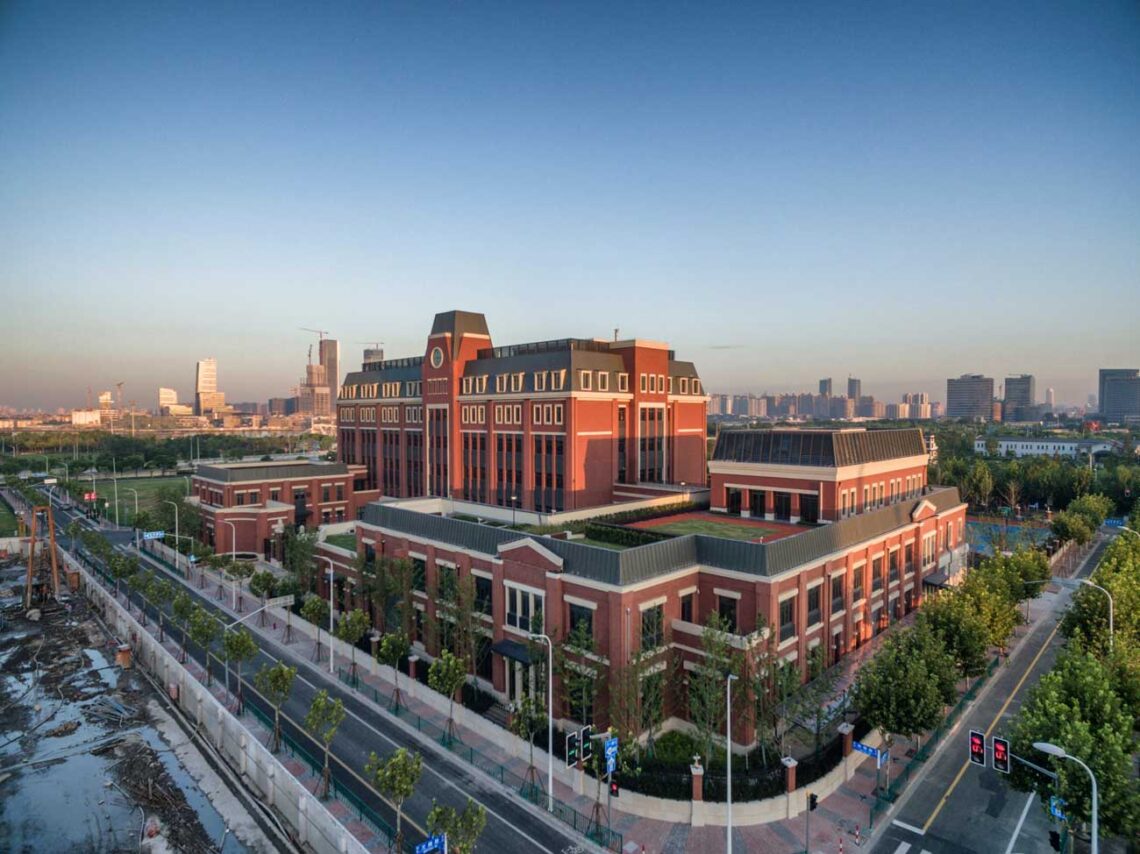
Listed below are the most famous projects created by DLR Group:
- The Portland Building: The Portland Building is a 15-story municipal office building in Portland, Oregon, completed in 1982. It is considered one of the first examples of postmodern architecture in the United States, designed by the late Michael Graves. The building underwent a major renovation by DLR Group from 2017 to 2020, which preserved its historic facade and improved its energy efficiency, accessibility, and seismic performance.
- Smithsonian American Art Museum’s Renwick Gallery: The Renwick Gallery is a branch of the Smithsonian American Art Museum located in Washington, D.C. It is dedicated to exhibiting contemporary craft and decorative art. The gallery was built in 1859 and is a National Historic Landmark. DLR Group led the gallery’s renovation from 2013 to 2015, which restored its original features and upgraded its infrastructure, lighting, and security systems.
- Baoshan Long Beach Complex: The Baoshan Long Beach Complex is a mixed-use development in Shanghai, China, expected to be completed in 2024. It comprises a 393-foot (120-meter) office tower, a 360-key 5-star hotel, a 590-foot (180-meter) observation tower, a 1,200-seat concert hall, and 97,000 square feet (9,000 square meters) of retail with an aquarium. DLR Group designed the complex to create a new waterfront destination and a gateway to mainland China.
- Swarthmore College Dining and Community Commons: The Swarthmore College Dining and Community Commons is a carbon-neutral dining facility on the Swarthmore College campus in Pennsylvania. It was completed in 2019 and designed by DLR Group in collaboration with HGA Architects. The building features a geothermal heating and cooling system, a green roof, and a solar array. It also provides a variety of spaces for dining, studying, and socializing.
- Huili School: The Huili School is a private campus for kindergarten to grade 12 students in Shanghai, China. It was completed in 2018 and designed by DLR Group to provide a holistic education that prepares students for a global economy. The school has a flexible and collaborative learning environment, with a central atrium, a library, a theater, a sports hall, and a swimming pool. The school also incorporates elements of Chinese culture and history in its design.
Who are the most important clients of DLR Group?
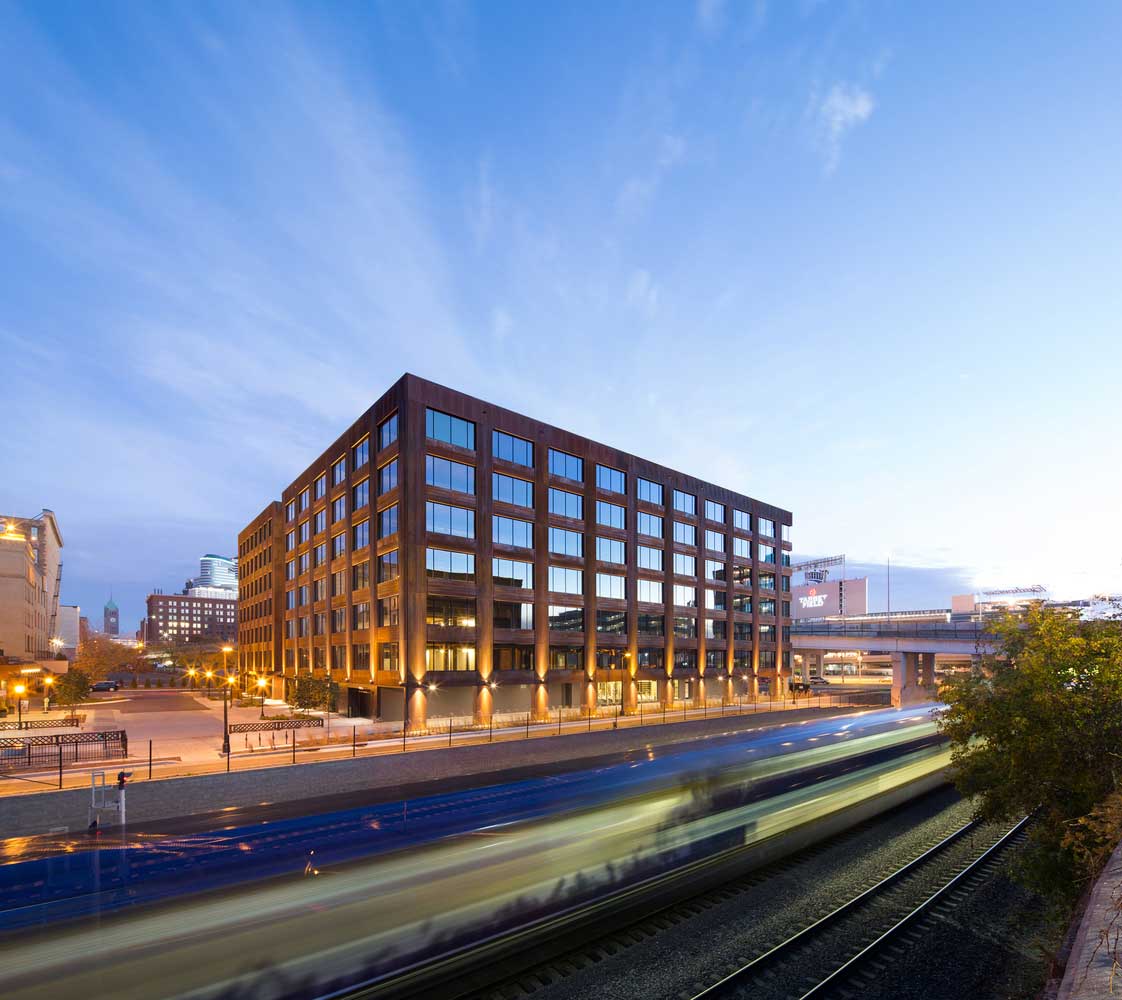
Listed below are the most important clients in cooperation with DLR Group:
- Hines T3 Partnership: Hines T3 Partnership is a project that involves designing a modern loft office building with timber, transit, and technology features. The building is located in Minneapolis, Minnesota, and aims to create a sustainable and innovative workplace for tenants. The project showcases DLR Group’s expertise in mixed-use and workplace design and its environmental and social responsibility commitment.
- Cleveland Clinic Avon Inpatient Bed Tower: Cleveland Clinic Avon Inpatient Bed Tower is a project that involves expanding and renovating an existing hospital in Avon, Ohio. The project adds 126 beds, a new emergency department, a surgery center, and a cancer center. The project demonstrates DLR Group’s ability to deliver complex, integrated healthcare design solutions that enhance patient care and experience.
- Swarthmore College Dining and Community Commons: Swarthmore College Dining and Community Commons is a project that involves creating a carbon-neutral dining facility for Swarthmore College in Pennsylvania. The project incorporates passive design strategies, renewable energy sources, and biophilic elements to achieve net-zero energy performance and LEED Platinum certification. The project reflects DLR Group’s excellence in higher education, sustainable design, and collaboration with the campus community.
- Chinatown Rose Pak Station: Chinatown Rose Pak Station is a project that involves designing a new subway station for the Central Subway Project in San Francisco, California. The project integrates the station with the surrounding Chinatown neighborhood, providing access and amenities for the residents and visitors. The project showcases DLR Group’s transportation and civic design expertise and its sensitivity to cultural and historical contexts.
- Museum of Science & History: The Museum of Science & History project involves designing a new location for the Museum of Science & History in Jacksonville, Florida. The project aims to create a world-class museum that engages the waterfront and the urban edge and offers interactive and immersive exhibits for visitors of all ages. The project illustrates DLR Group’s creativity and innovation in cultural and performing arts design, as well as its vision for the future of museums.
What is the address of DLR Group Architecture?
DLR Group Architecture has multiple office locations across the globe. DLR Group’s main headquarters is at 6457 Frances St Ste. 200, Omaha, NE 68106, United States, while some of their main office address are DLR Group Chicago is at 333 W Wacker Dr., Suite 850, Chicago, IL 60606, United States, DLR Group Denver is at 1401 Lawrence St, Suite 1000, Denver, CO 80202, United States, DLR Group Los Angeles is at 700 Flower St, 22nd floor, Los Angeles, CA 90017, United States, and DLR Group Seattle is at 51 University St #600, Seattle, WA 98101, United States.
What is the contact phone number of DLR Group?
DLR Group has multiple office locations across the globe. DLR Group’s main headquarters phone number is (402) 393-4100, while some of their main office’s phone numbers are DLR Group Chicago is (312) 382-9980, DLR Group Denver is (720) 904-0440, DLR Group Los Angeles is (213) 800-9400, and DLR Group Seattle is (206) 461-6000.
How do I apply to work for DLR Group?
Applicants can follow a step-by-step process to apply for a position at DLR Group Architecture. Firstly, visit the DLR Group website or job portals to explore the current job openings. Review the job descriptions, requirements, and locations to find suitable positions. Secondly, prepare an updated resume and a tailored cover letter highlighting relevant skills, qualifications, and experience. Ensure the documents are well-formatted and error-free and showcase the individual’s strengths. Thirdly, submit the application materials through the designated application portal or email address specified in the job posting. Follow the instructions provided and include any additional requested documents. Fourthly, DLR Group’s HR team will review the applications received and shortlist candidates based on their qualifications and experience. This process may take some time, so applicants should be patient. Then, if selected, candidates will be contacted for further assessment, which may include phone or video interviews. Prepare for the interviews by researching DLR Group, understanding their projects and values, and practicing responses to common interview questions. Lastly, after the interview process, DLR Group will evaluate the candidates and make a final decision. Successful candidates will be offered a position, and further details regarding compensation, benefits, and start date will be discussed.
What style of architecture does DLR Group represent?
DLR Group represents diverse architectural styles, as the firm embraces a design philosophy that prioritizes innovation, functionality, and client collaboration. The firm creates customized solutions that meet each project and client’s unique needs and goals rather than adhering to a specific predetermined style. DLR Group’s architectural approach is driven by a deep understanding of a building or space’s context, purpose, and desired outcomes. The flexible approach allows them to adapt to various architectural styles, whether modern, contemporary, sustainable, historical, or a fusion of different influences.
How important is it for architecture firms to follow the architecture fundamentals?
Architecture firms must follow the architecture fundamentals because they help ensure that the buildings they design are functional, aesthetically pleasing, and culturally appropriate. Architecture fundamentals are the basic principles and guidelines that architects use to create harmonious and balanced structures that meet the needs of their users and the environment. These principles help architects organize their buildings’ spaces, materials, and forms coherently and effectively.
Should all architecture companies have a portfolio?
Yes, all architecture companies should have a portfolio. A portfolio is a key factor in a potential client’s decision to hire an architecture firm, as it visually represents its capabilities and experience. It demonstrates an architecture firm’s skills and creativity and can help establish a reputation and communicate effectively with clients. Without a portfolio, an architecture firm may lose opportunities to showcase its work and attract new projects. It is an essential tool for any architecture firm that wants to succeed in the competitive and dynamic field of architecture.


